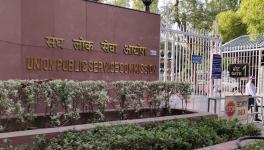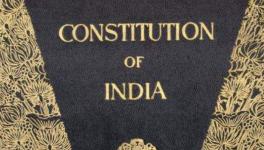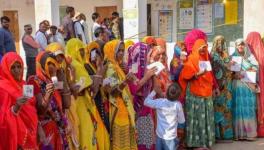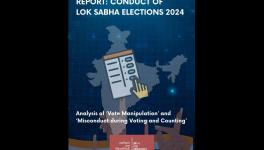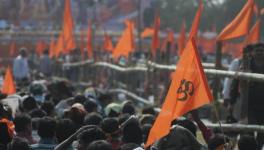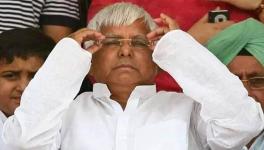Exit Polls Show Big Difference in BJP Tally in States, Yet Predict Overall Win
Image for representational use only.Image Courtesy :The Financial Express
There is something strange, if not downright questionable, in the state-wise predictions put out by various TV news channels based on exit polls conducted by hired polling agencies. Although all the polls predict a victory for the ruling BJP-led National Democratic Alliance (NDA), if you delve into their state-level predictions, an unexplained but significant variation for NDA tally emerges (see table below).
Taking seven of the biggest states with as many as 301 seats between them, the variation between the highest and lowest prediction works out to a total of 107 seats. That is, in these 301 seats, if all the highest predictions are added up, NDA gets 241 while adding up the lowest predictions give a tally of 134 seats to NDA.

Aren’t they all surveying the same state, one could ask? Obviously, there are significant differences in their input – or they are calculating things differently.
Exit poll methodology is supposed to have improved considerably, according to professional pollsters. But the improvement would be applicable to all the agencies across the board. So, it can’t be – or shouldn’t be – methodological differences.
One possibility is that the actual survey work was marked by different degrees of diligence. Was a range of voters, representative of social and economic differences, covered in the surveys? Perhaps some were more diligent than others. This would clearly result in wide differences because, for instance, if dalit voters were less represented in one survey than other, the results would be different. This would be all the more magnified in a state like Uttar Pradesh where there is a close contest between the Bharatiya Janata Party (BJP) and the Gathbandhan of Bahujan Samaj Party, Samajwadi Party and Rashtriya Lok Dal. The latter will have much larger support among the dalits and other backward classes than the upper castes.
The diligence question also includes the manner in which the voters are being approached. Do the canvassers inspire confidence and sound unbiased? If not then, in the present atmosphere of fear, especially in states like West Bengal and Uttar Pradesh, voters may prefer to give their opinions going by their sense of who is seen as dominating rather than their actual voting preference.
The other imponderable in all this is the tricky question of converting the opinions gathered by the surveyors to seats and vote shares. Only a sample of the total voters are surveyed and you need a mathematical formula to convert that data into state-wide seats and vote shares. This has always been the Achilles’ Heel of such polls, although it is claimed that with time, the formulas have been honed for the better.
Finally, close elections are always difficult to predict because the sample chosen may not reflect the closeness of the contest. The surveyors may happen to record a slightly different version showing a bigger gap between the shares of voters on each side, and this will get magnified as you project it across a big state like UP. Pollsters claim that they have ironed out and accounted for all these errors but when they can go wrong in Australia (all 56 exit polls were wrong in the recent elections) which is an immensely more homogenous society than India, then so can they in India.
Considering the array of reasons why voters were disaffected with the Narendra Modi government, as has been reported by various media outlets including Newsclick, it is unreasonable to think that the current crop of exit polls may be erring on the side of NDA for whatever technical or ideological reasons.
The wide variation of exit poll results at the state level is a clear indication that they may not reflect the real result accurately. Perhaps the trend is right but the extent of difference between the NDA and its opposition is definitely over-stated. If the variation is as much as 107 seats, then there is a tangible cause for stepping back and taking a long breath. One has to wait for May 23.
Get the latest reports & analysis with people's perspective on Protests, movements & deep analytical videos, discussions of the current affairs in your Telegram app. Subscribe to NewsClick's Telegram channel & get Real-Time updates on stories, as they get published on our website.










